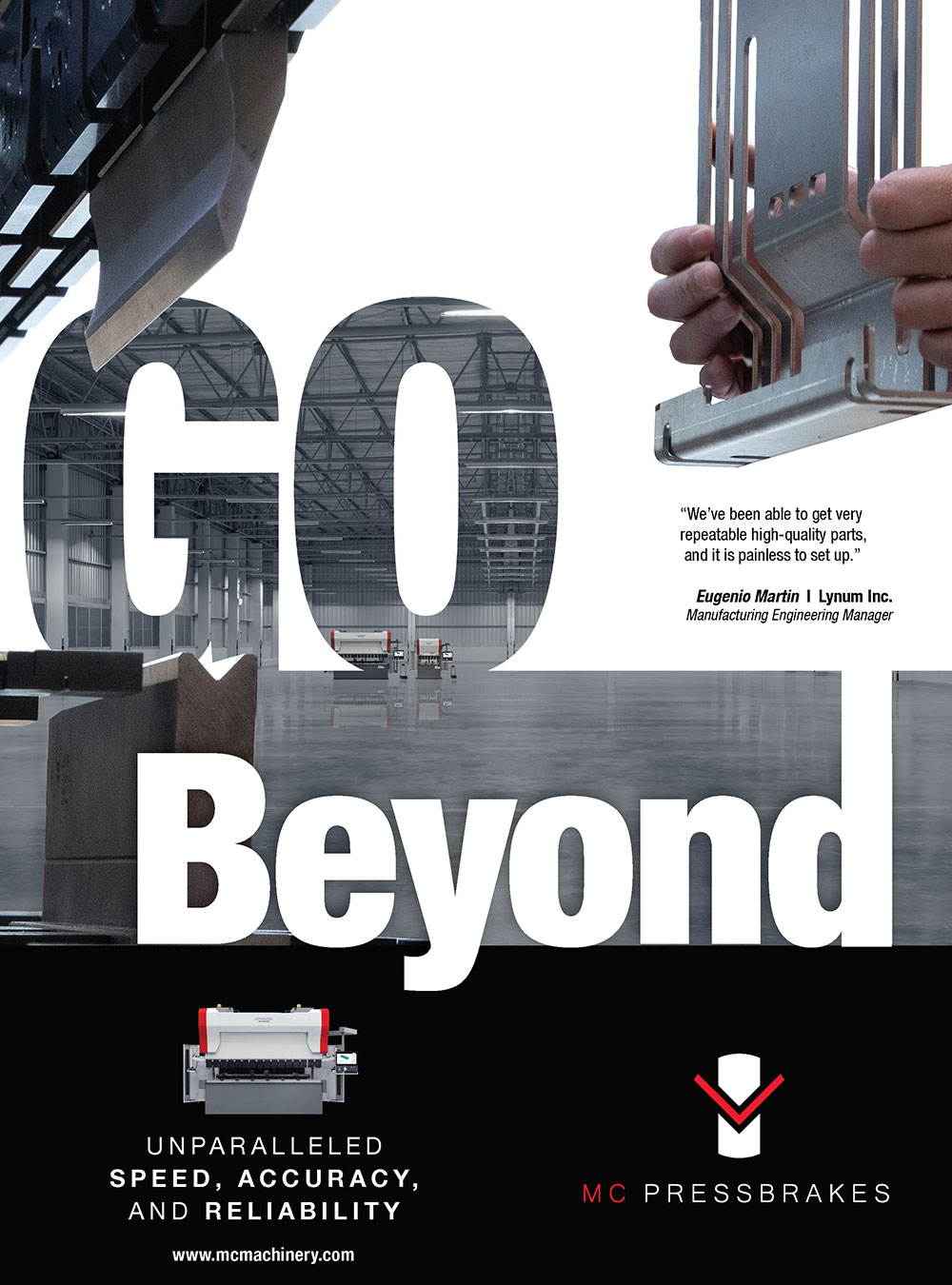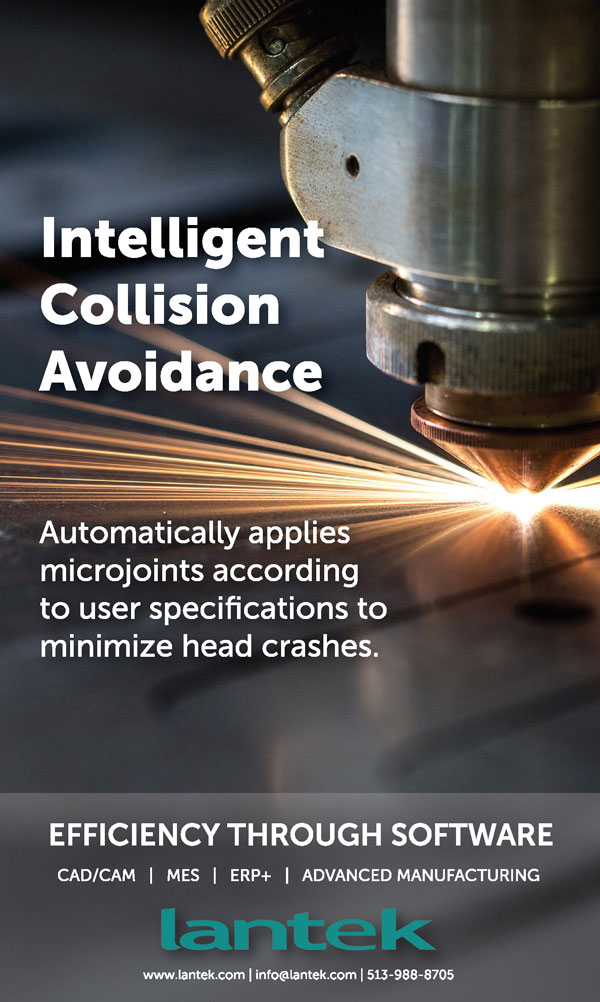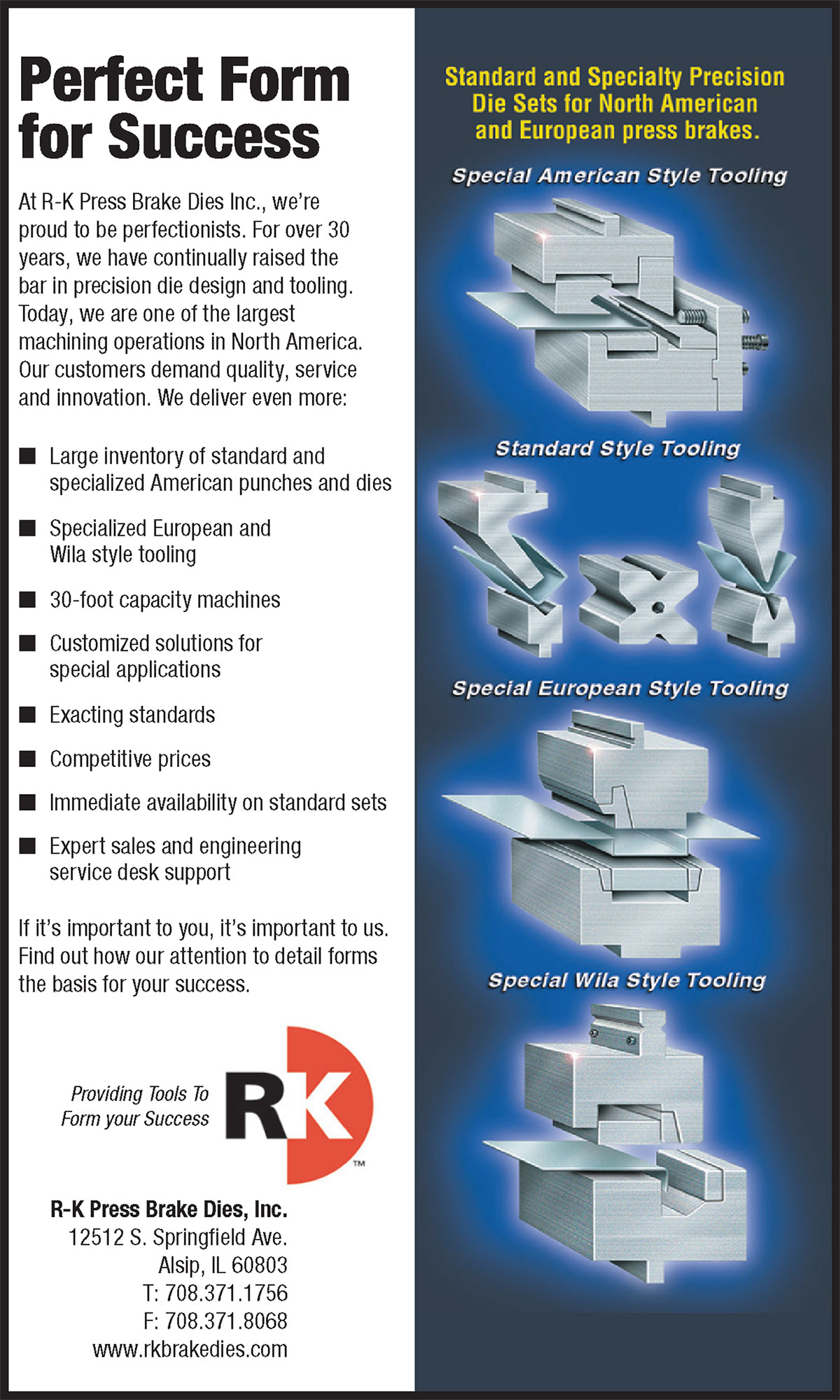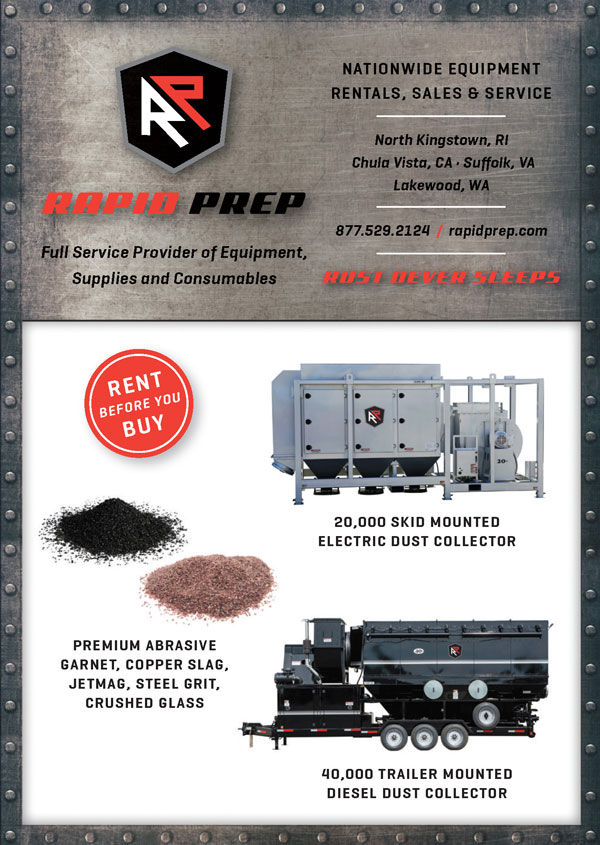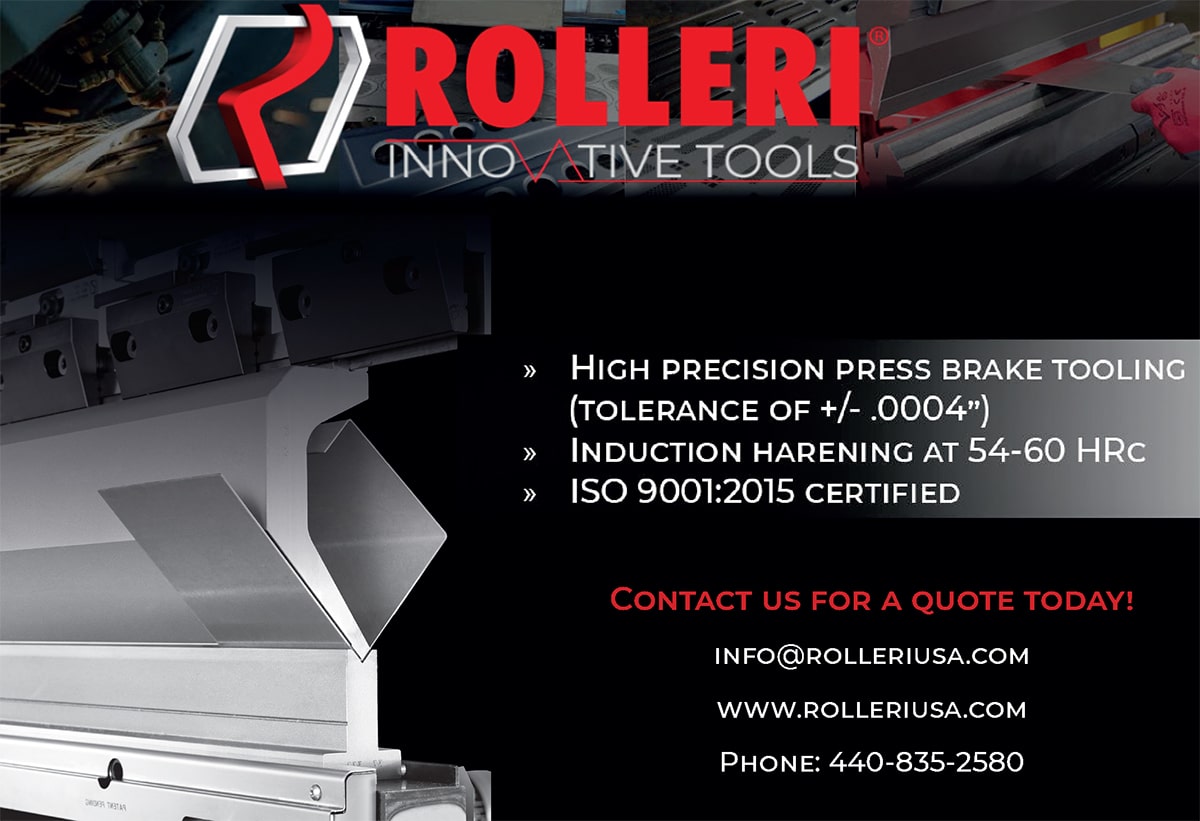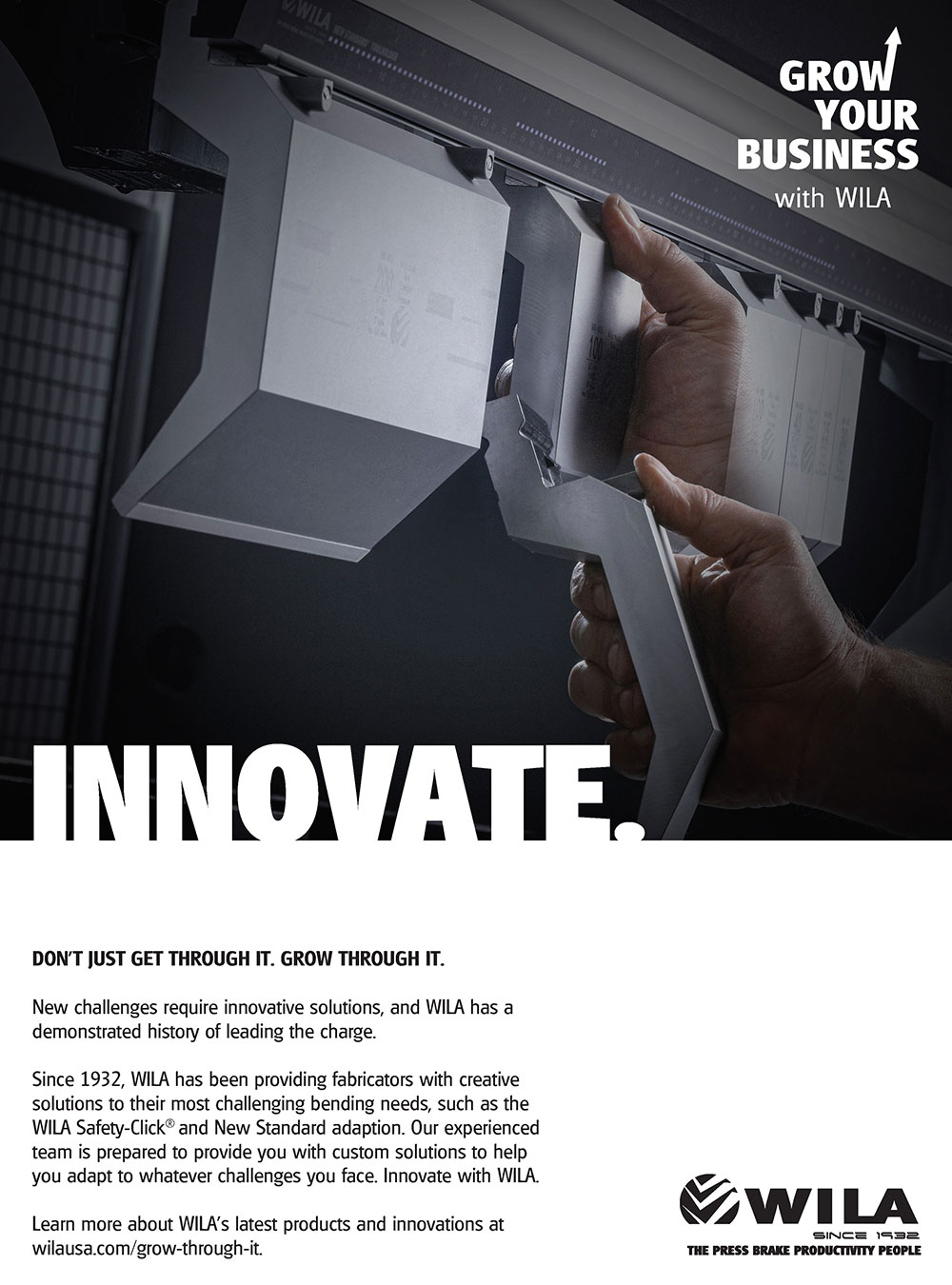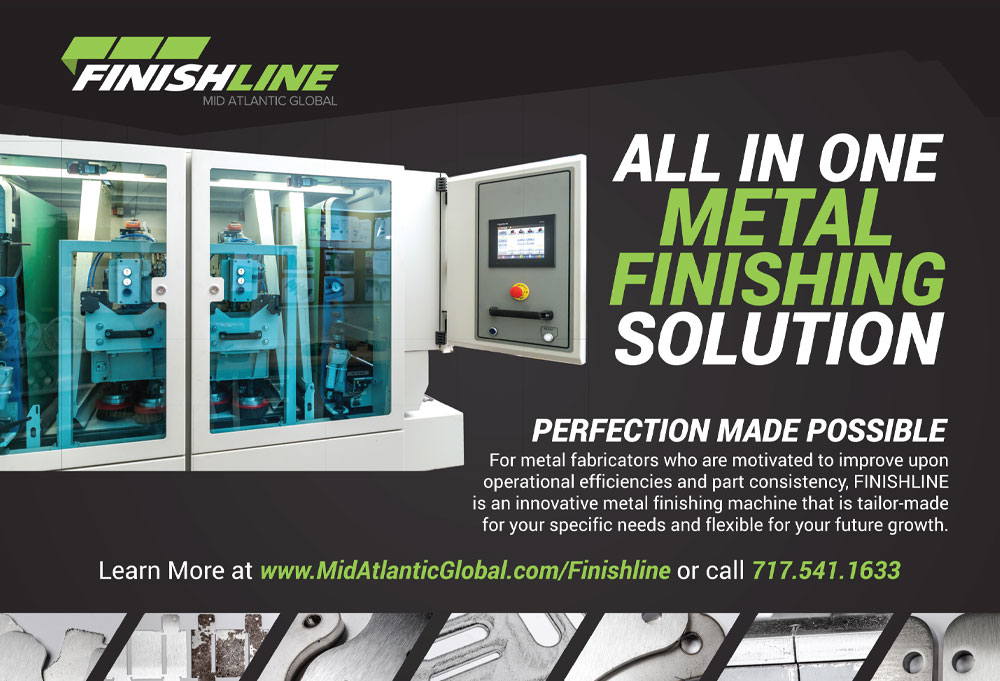
here are talkers enough among us; I’ll be one of the doers.” Charles Dickens penned these words in 1841 in his novel “Barnaby Rudge.” The storyteller wrote during London’s Industrial Revolution and used his quill to document Victorian Britain’s class divide, poverty and greed in such classics as “Oliver Twist,” “A Christmas Carol” and “Great Expectations.”
George and Arthur Trachte were also “doers.” The two started a sheet metal shop in 1901 and before long had revolutionized the corrugated water tank industry with their patented roll-forming process, which replaced solder with rivets. Feed troughs, mortar boxes, oil storage tanks and feed cookers grew to include buildings made of angled steel, iron framework and corrugated sheeting.
Today—under the name Trachte Building Systems Inc.—the company has mastered the art of designing, engineering and custom manufacturing smart building products. The Sun Prairie, Wisconsin, company produces stand-alone self-storage buildings. In addition to fire towers, it also designs, manufactures and installs components to convert existing structures into self-storage businesses.
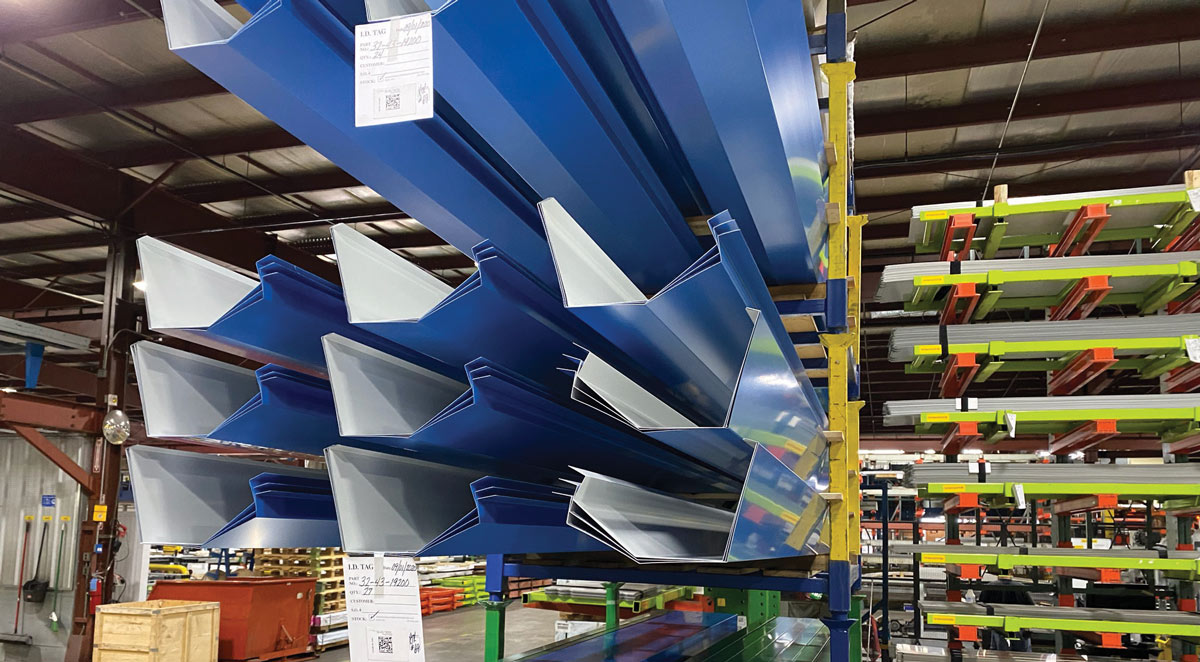
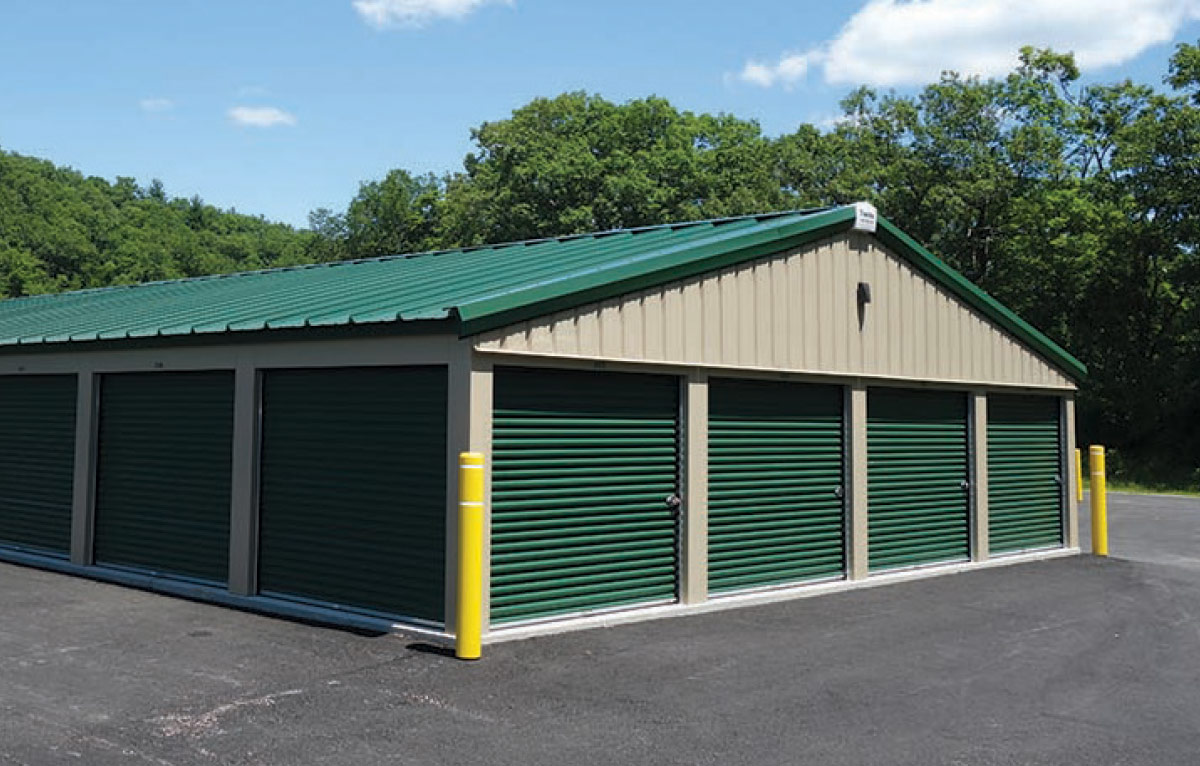
 After installing the SafanDarley E-Brakes, our OTD rate has increased to 98 percent.
After installing the SafanDarley E-Brakes, our OTD rate has increased to 98 percent. 
The company sources steel coil from which it cuts blanks. Some applications call for punching before parts are shuttled to Trachte’s press brakes for bending and finishing.
“We were running hydraulic press brakes and experienced a lot of equipment failures,” Vander Vries says. “When our primary press brake quit working, we reached out to Gladwin Machinery & Supply Co. We had purchased other equipment from them in the past. They told us about a SafanDarley all-electric, 110-ton E-Brake B model they had just brought back from a trade show. We bought it and installed it. We had been down for three weeks. Gladwin had the press brake up and running right away. It really saved us because we had no other means to bend parts.”
“Since we began transitioning to SafanDarley electric press brakes and controllers five years ago, our operators can go from press brake to press brake without having to be retrained,” says Vander Vries.
“Because the E-Brakes are belt-driven, we have been able to eliminate the pump, which has been a godsend [because] the pump on our hydraulic press brake equipment was the main source of machine failure,” he says. “Now, the shop doesn’t have to wait for the hydraulics to warm up or change hydraulic fluid. Energy consumption has also been reduced. We’ve achieved consistent part quality since we installed the first E-Brake. These machines have become our go-to press brakes.”
Trachte uses its bevy of SafanDarley E-Brakes to air bend painted and galvanized steel (12- to 28-gauge) into part sizes that range from 1 in. up to 16 ft. long. Structural components include purloins, studs, columns, trim, headers and door jambs.
 The E-Brakes make us very versatile.
The E-Brakes make us very versatile. 
Cycle times are faster too, boosting throughput by as much 30 percent. “SafanDarley’s integrated safety system uses a light screen that is automatically governed by the E-Control,” says Gladwin Machinery sales representative Tim Ryan. “As an additional built-in safety measure, SafanDarley’s spring return means the top beam will always move up in the event of a failure. On conventional press brakes, you have to manipulate the safety system if you change tooling. You don’t have to do that with the SafanDarley system. The operator can’t turn it off. It’s always on and always safe. Safe operation contributes to more uptime and higher throughput,” says Ryan.
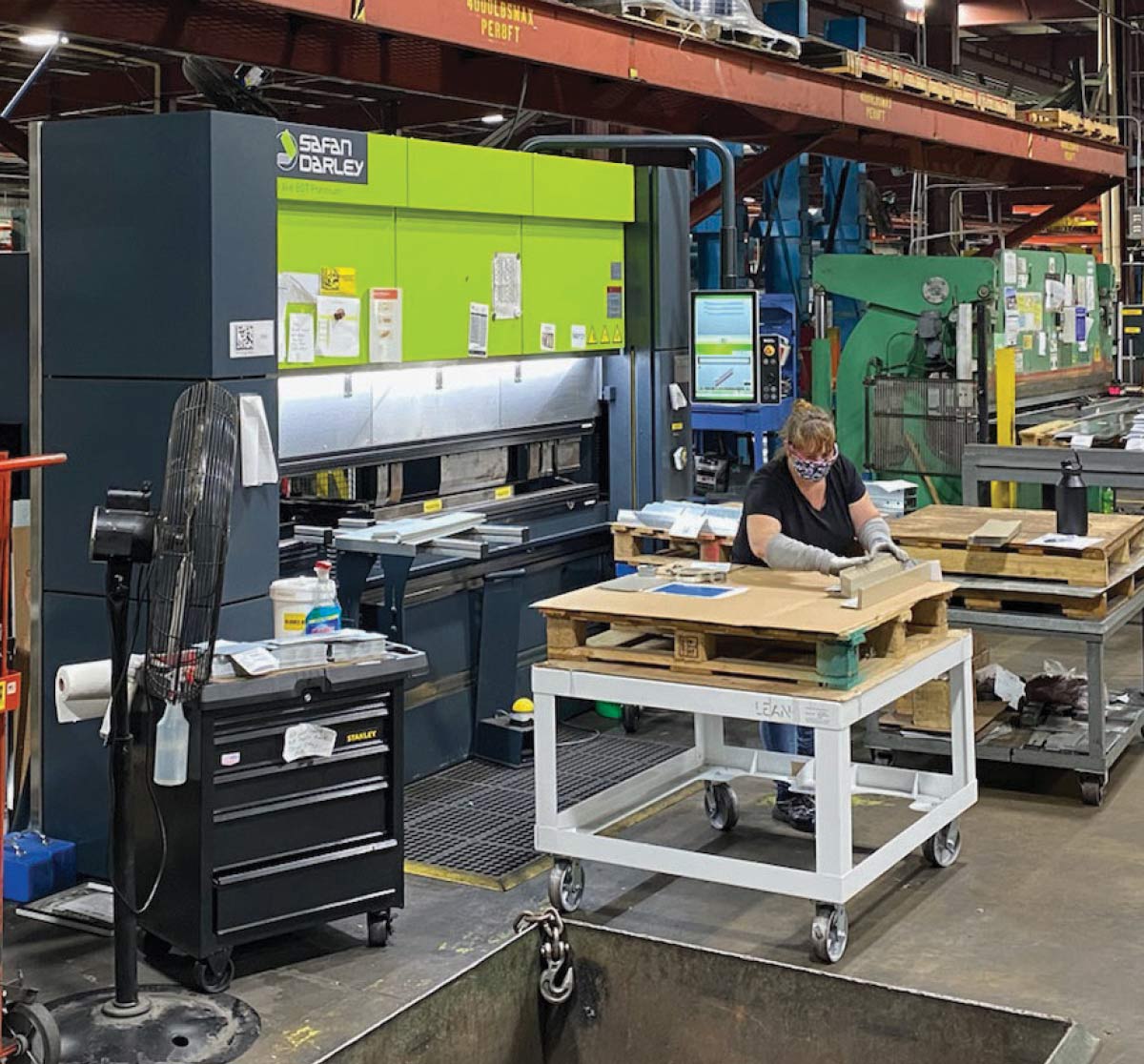
Gladwin recently opened a new robotic division and has custom built Trachte’s newest acquisition—the Safan Darley E-Brake automated cell. “This is one of the first robotic systems that we will install,” says Ryan. “A lot of distributors push cookie-cutter versions, but we designed this E-Brake system to meet Trachte’s special needs.”
The E-Brake robotic cell will run three shifts and is expected to save Trachte the labor hours of four to five operators per year. “Everyone is concerned about robots replacing people,” says Ryan. “We see the opposite. Robotics are helping companies like Trachte expand their workforce and place personnel in jobs with higher value-adds. These cells also reduce delivery times and operation costs.”
By taking the potential for equipment failure out of the equation, Trachte is able to focus on its current workload while capturing new business.
